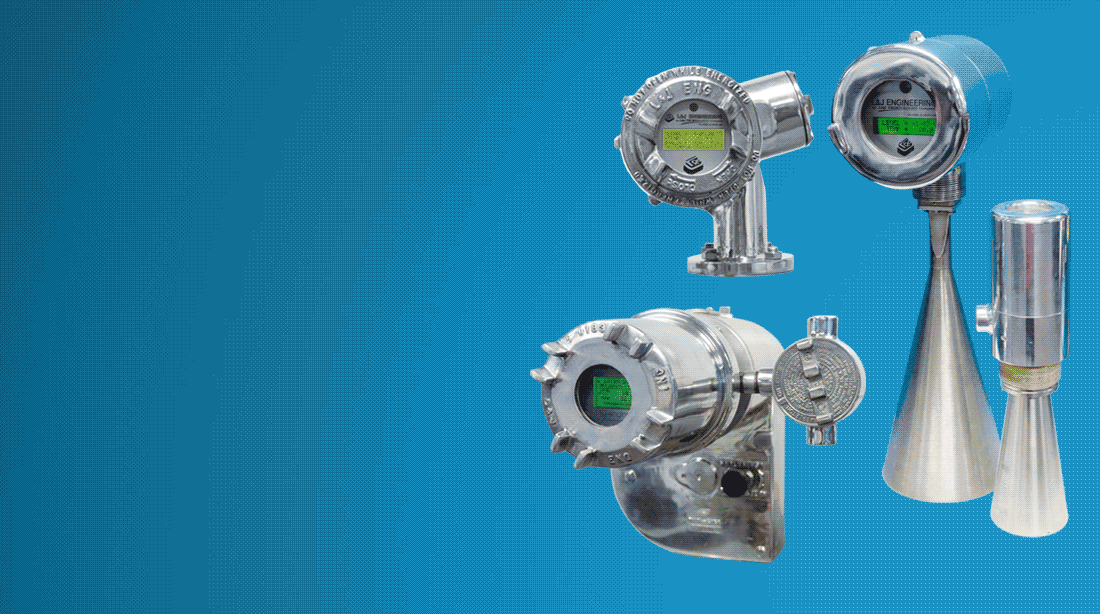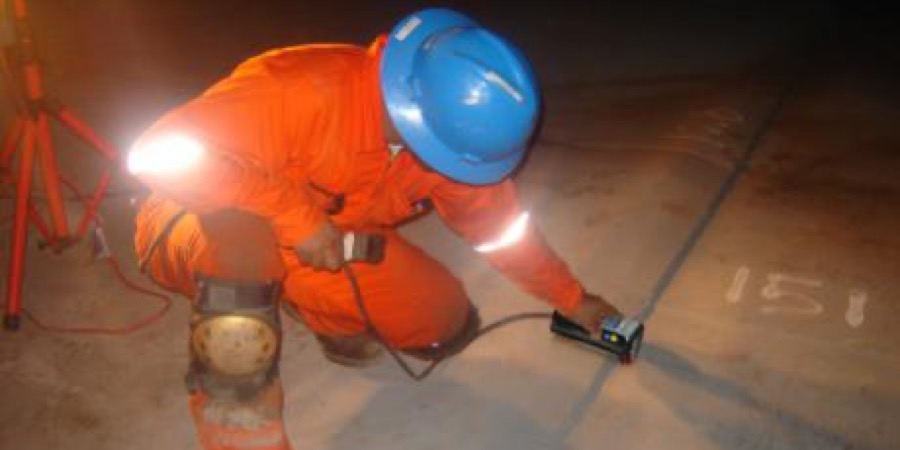Storage tanks commonly found in the oil, gas and petrochemical sectors are typically constructed from welded steel plates. Although the main failure point in storage tanks is corrosion in the floor plates, the inspection of welds for defects is also critical and mandatory.
Detection of through-wall defects at the welds is normally carried out using vacuum box technology, although this can be difficult to deploy at complicated lap welds or near obstructions. The traditional technology for inspecting welds for non-through-wall defects is magnetic particle inspection (MPI).
MPI is said to work through coatings, but in reality, extensive surface cleaning and removal of any protective epoxy coating is required to provide any reliable results. When considering post inspection cleaning and re-coating, MPI ends up being quite expensive and time consuming.
Fortunately, according to Eddyfi, there is a fast, cost effective, and well-established solution that provides high Probability of Detection (PoD) and rich information on crack length and depth.
It said: “We present the Beyond Current solution. The Alternating Current Field Measurement, or ACFM®, technique was specifically developed to detect and size surface-breaking defects on and around rough welds through several millimetres of non-conductive coating. This is a key advantage because just the costs associated with paint removal, post MPI re-blasting, and recoating is typically four or five times more expensive than the MPI itself.”
While the main failure point in storage tanks is corrosion in the floor plates, from either the top surface or from the underside, the welded sections are also a direct source for damage mechanisms. Eddyfi said ACFM is proving itself to be the most cost efficient and trusted method for inspecting storage tank welds to supplement corrosion mapping, successfully detecting large cracks often missed by MPI.
It said: “You can’t deny the cost savings of ACFM over MPI; overall, ACFM jobs are typically six times less expensive than their MPI counterparts while providing the added value of a more reliable inspection with data rich information to pass along to the asset owner.”
Additionally, it said tank floor weld inspection can be carried out using standard, general purpose, single sensor probes or inspection can be sped up using advanced multi-sensor array probes. Standard weld or pencil probes can be used to assess all anticipated geometries, but inspection speeds are relatively slow compared with their array counterparts.
It concluded: “Compared to MPI, standard ACFM inspection with pencil probes is approximately 25% faster and 20% cheaper. But let’s not just note the savings here. If we consider the inspection of both the external and internal floor-to-shell filet welds of a 60-metre (200-foot) storage tank, the fees with MPI for blasting, inspecting, re-blasting and recoating have a median international cost of around $15,000. The same inspection performed using pencil ACFM probes costs around $2,500. While the MPI takes around four to six days for the necessary preparation and post-inspection work, standard ACFM is typically done in a day. All that is achieved while providing better PoD, depth sizing and auditable records.”
For more information visit eddyfi.com














